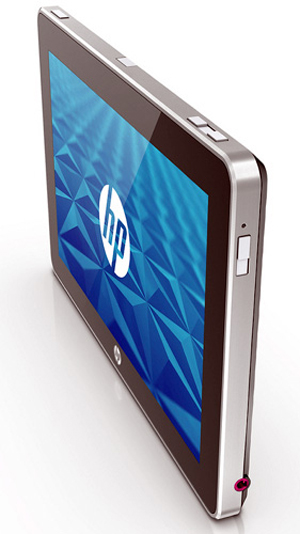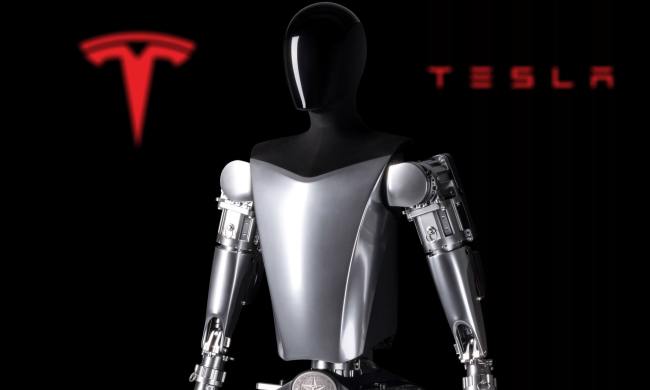
When Hewlett-Packard bought Palm last month for $1.2 billion, speculation turned not only to how Palm’s webOS might revolutionize HP’s smartphone business, but what the implications might be for HP’s much-touted but never-shipped touch-driven tablet computing devices…especially the HP Slate, which was given center-stage billing in the hands of Microsoft CEO Steve Ballmer at the beginning of the year and repeatedly teased in doctored-up promotional materials from HP. Now, it seems, we have the answer: numerous industry sources are confirming the HP intends to drop Windows 7 from the HP Slate, replacing it with Palm’s webOS. The first public report appeared in DigiTimes, but other reports and sources close to HP also confirm a small number of details.
However, the changeover to Palm’s webOS means the HP Slate will land on the market even later, with some sources saying HP will be struggling to make the device available in time for the end-of-year holiday buying season.
Some reports have HP preparing to outline plans for the HP Slate when the company completes its acquisition of Palm, and eying an October launch for the HP Slate. (At that point, Apple’s iPad will have been on the market for a full six months.) HP still has not announced any significant technical information about the HP Slate device, including details like screen resolution, processor platform, or mobile capabilities. Some experts have speculated HP may table the Slate project entirely, opting to move forward with all new webOS-based tablet devices.
HP’s decision to drop Windows 7 on the HP Slate doesn’t surprise many people who have attempted to use Windows 7 via a touch-based interface: although Windows 7 includes support for touch input, Windows 7 is still designed for desktop computers rather than a multitouch capable portable device. Palm’s webOS, conversely, was designed from the ground up for touch-based interfaces and mobile use.


